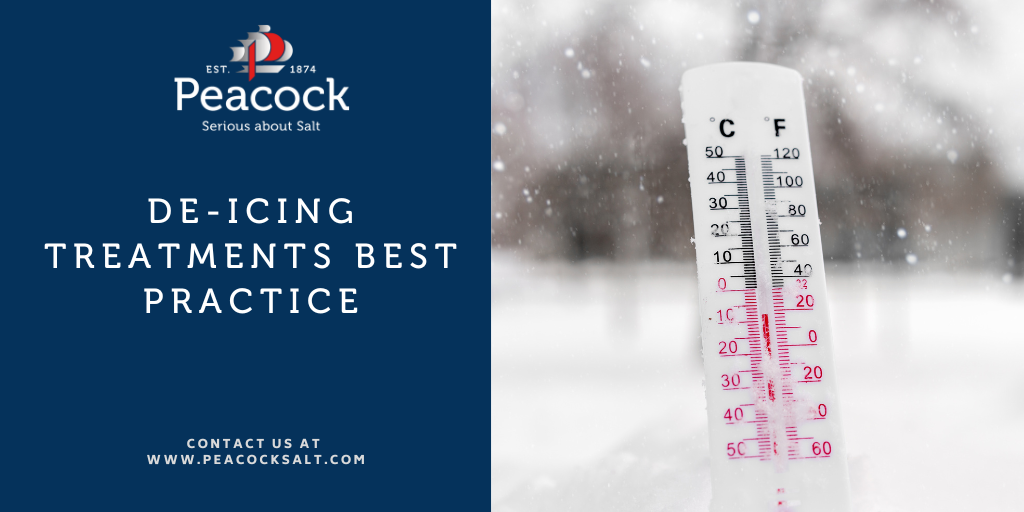
De-icing Treatments Best Practice
Pre-Treatment
When snow or ice is forecast, apply a pre-treatment of de-icer onto the road surface.
If ice is forecast, the moisture in the air will be attracted to the de-icer and will combine with it. This will serve to lower the freezing temperature of the water and prevent ice from forming.
If snow arrives and falls upon a surface pre-treated with a de-icer, the snow will not bond as easily to the road surface and will be much simpler to mechanically remove with a shovel or snow-plough.
Post-Event Treatment
If a pre-treatment hasn’t happened, apply an amount of de-icer specific to the volume of ice that has accumulated and the temperature. More ice and lower temperatures will require a greater amount of de-icer.
The rate of melting the ice will again depend on the volume of ice to be melted and the temperature. Wherever possible, remove large sections of hard-packed ice mechanically using a shovel or a plough.
Snow Events
In instances of snow accumulation, it is important to shovel or plough the accumulated snow before using a de-icer. Failure to do this will result in a vast amount of de-icer needing to be used to melt the accumulated snow which is both uneconomical and detrimental to the surrounding environment.
Extremely Low Temperatures
In extremely low temperatures, low temperature de-icers should be used to melt any residual ice and then reapplied to treated surfaces to prevent ice-melt refreezing.
Sand or grit offer no de-icing qualities, but do act as an abrasive texture (to help break up packed ice) or as a traction aid (on top of packed ice).
